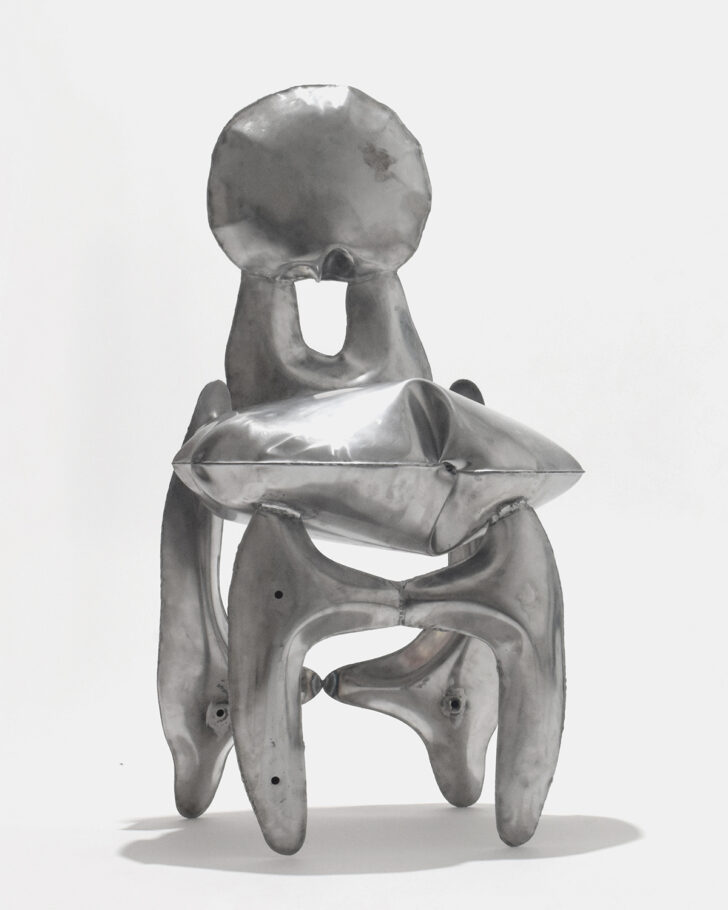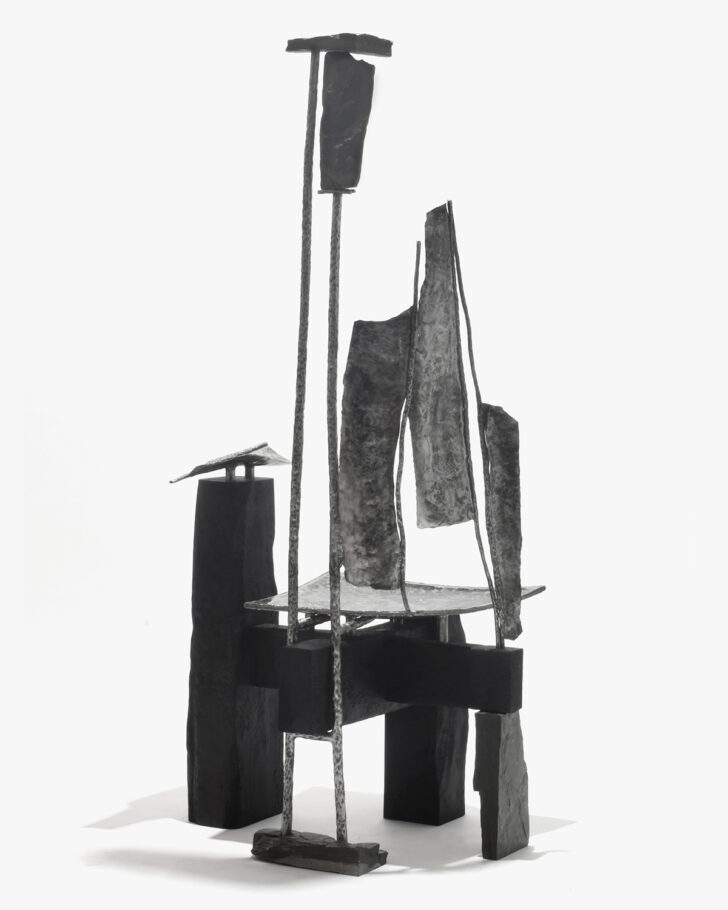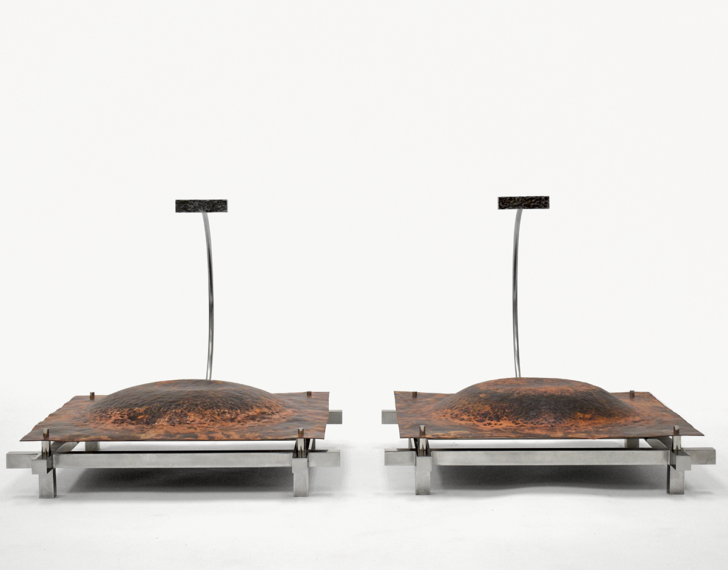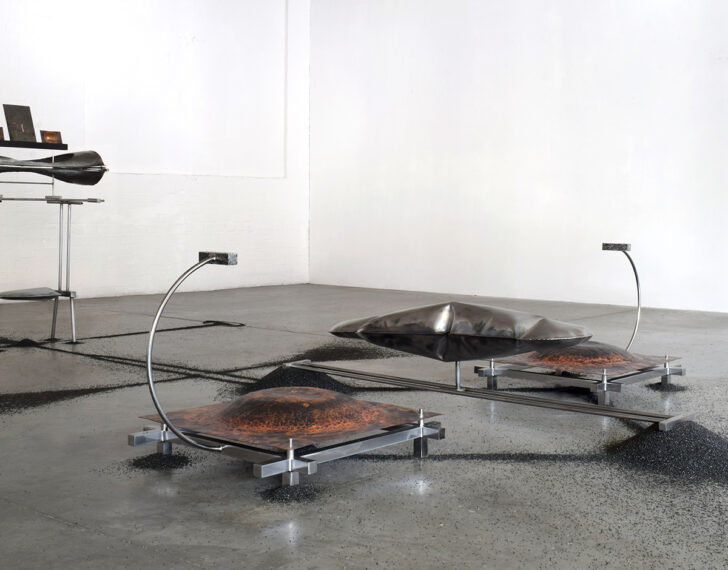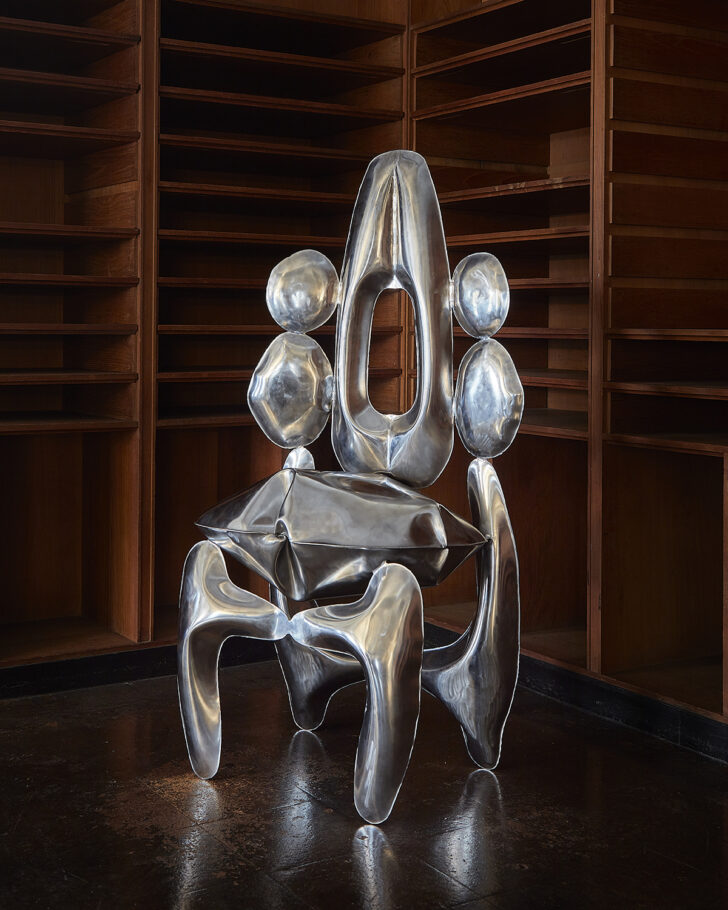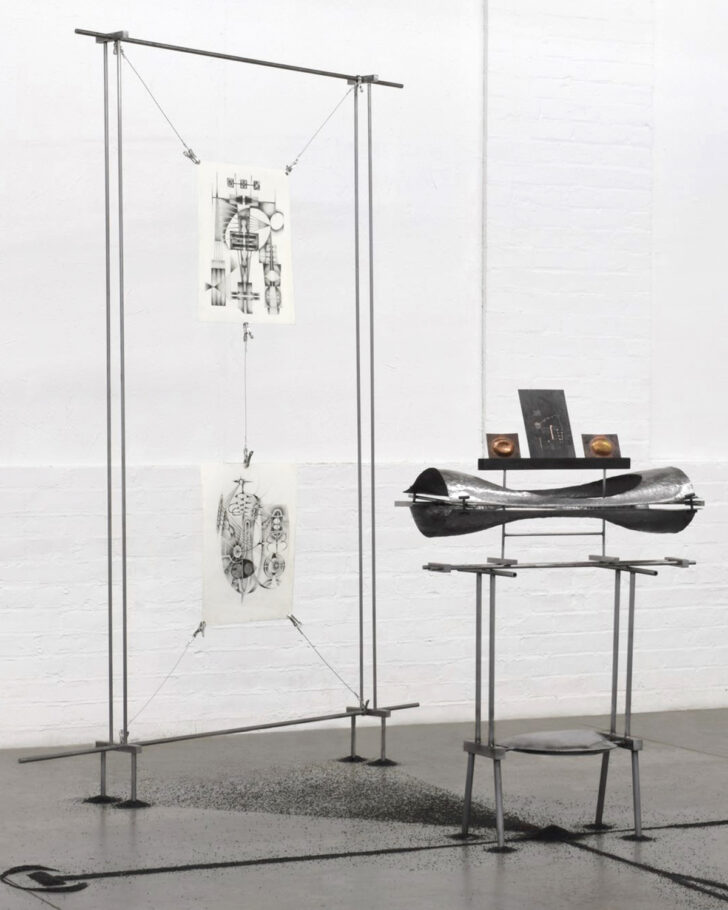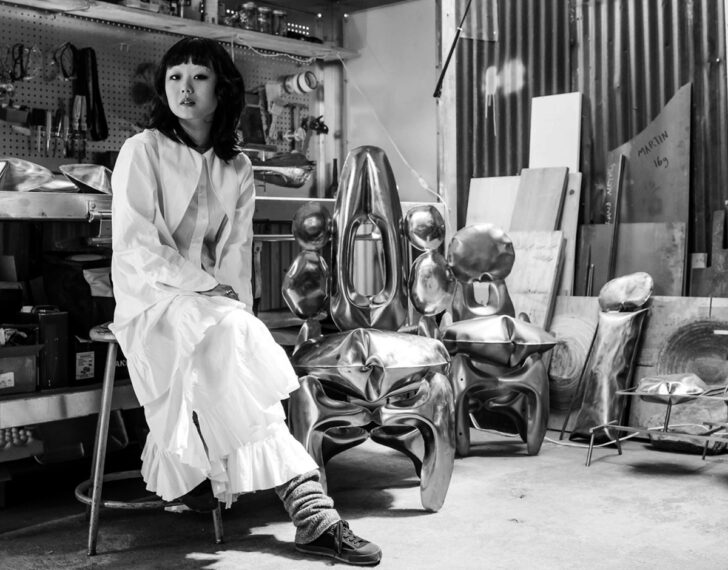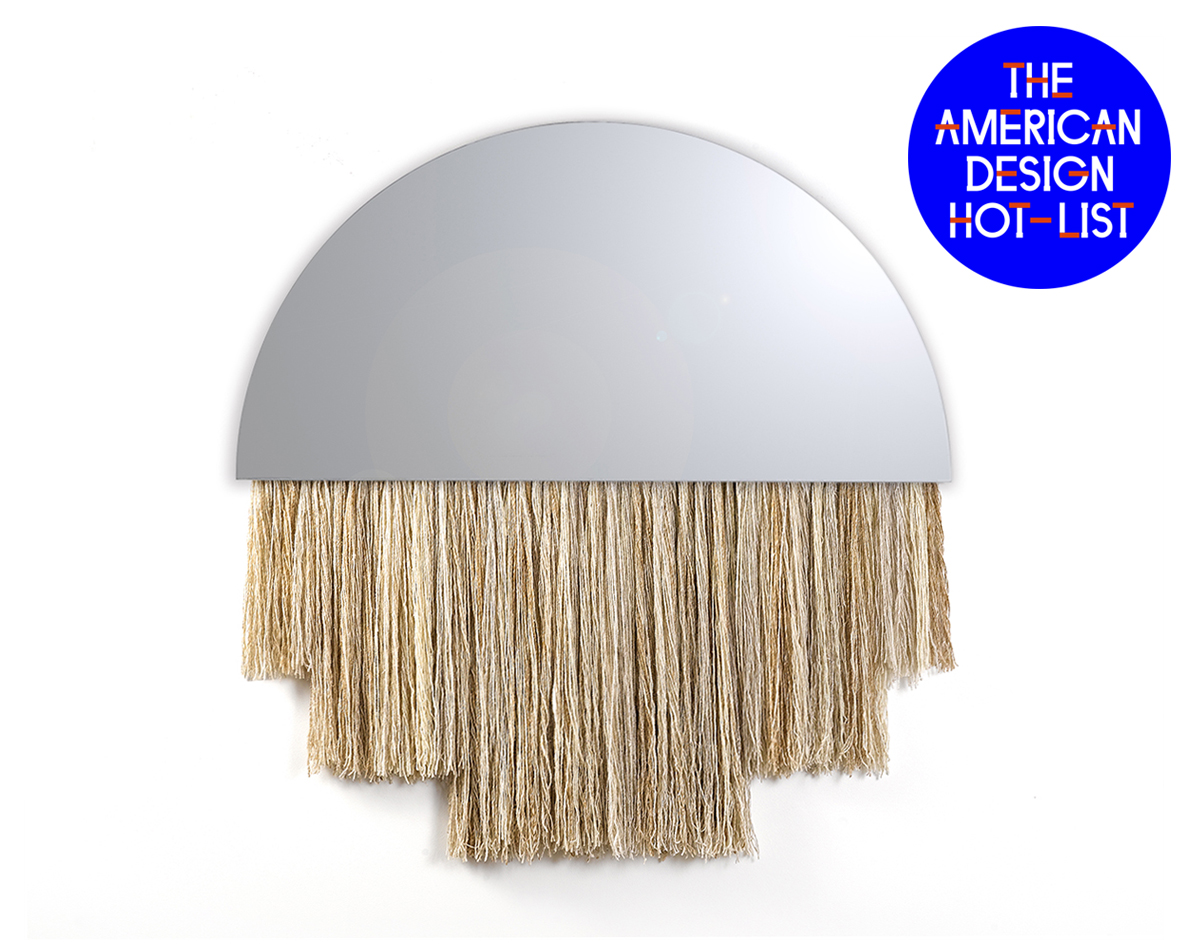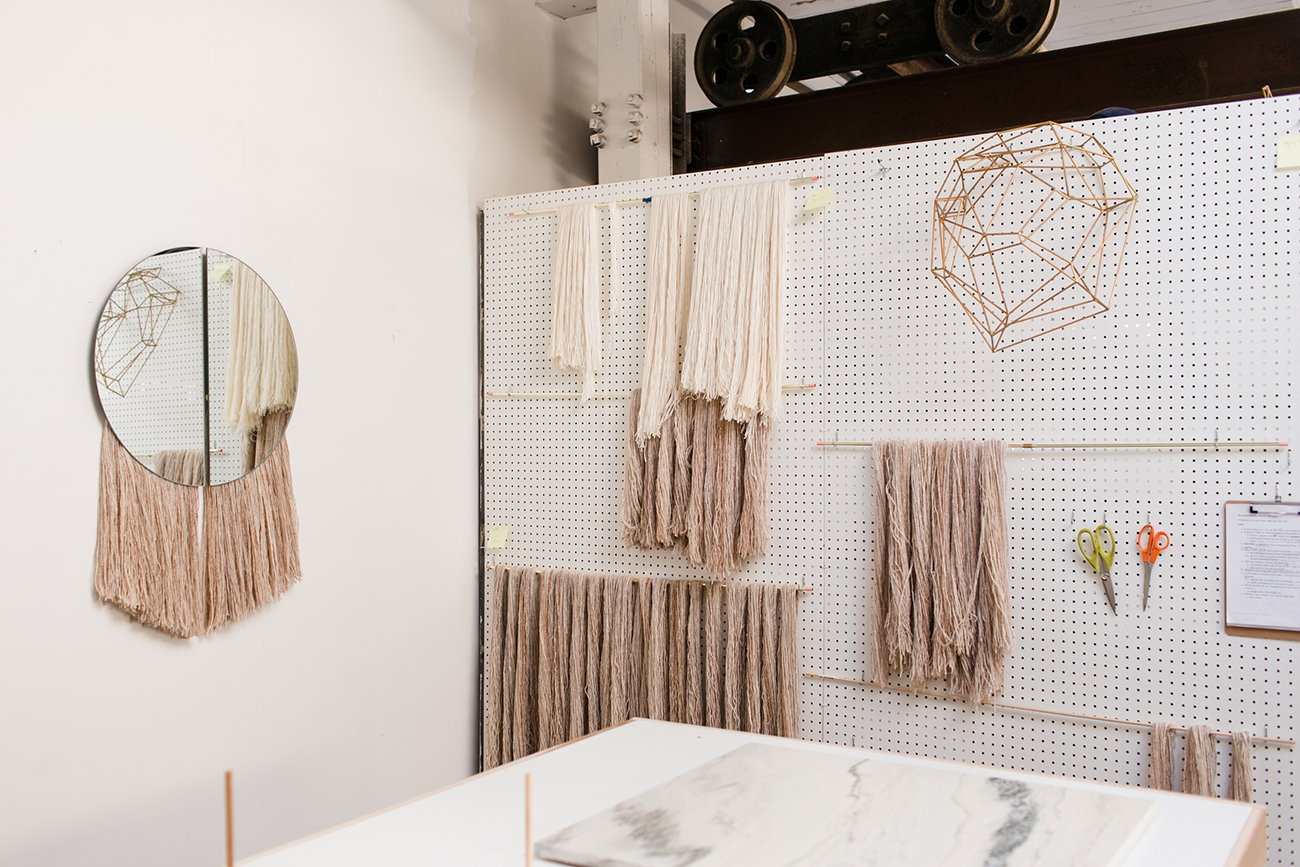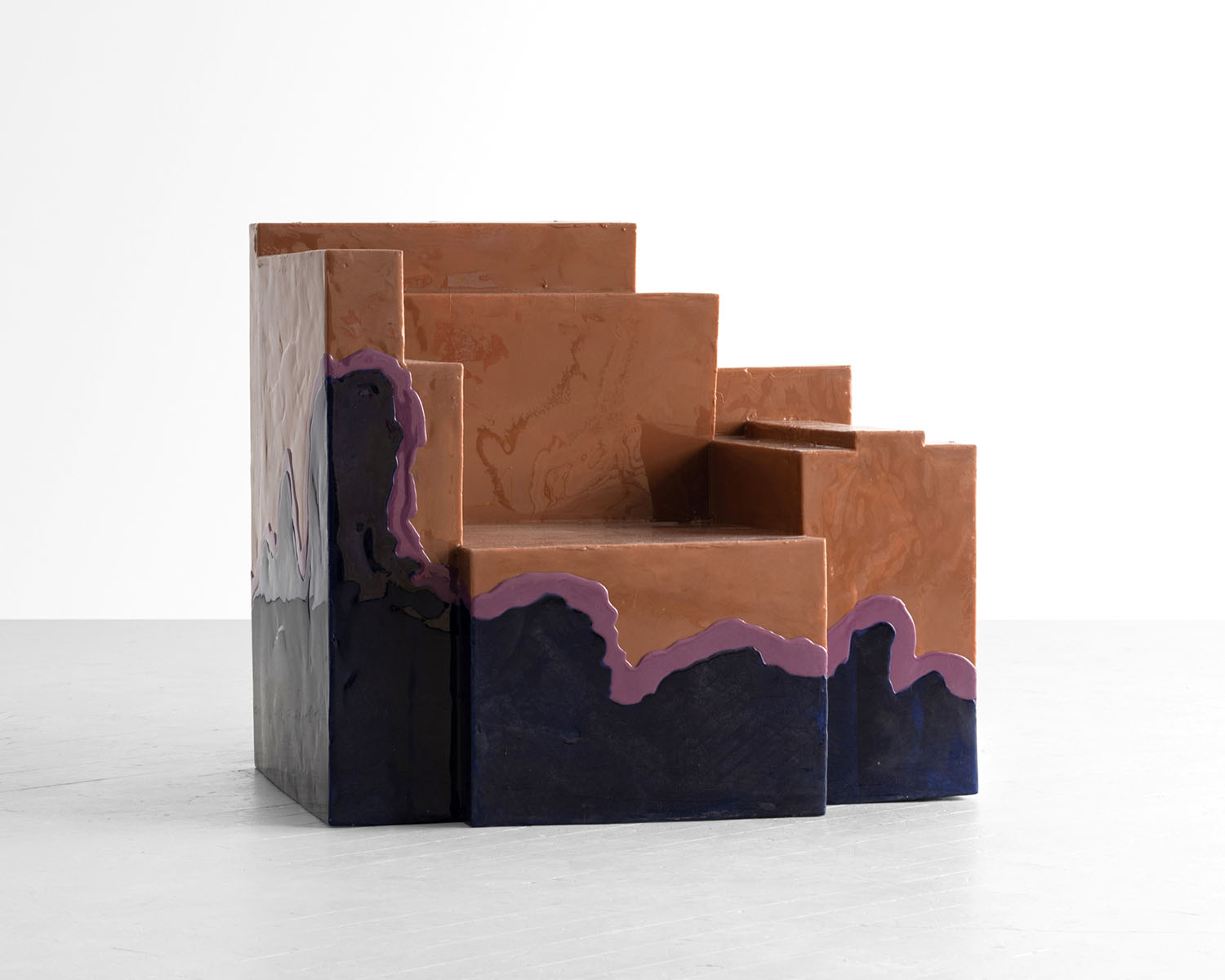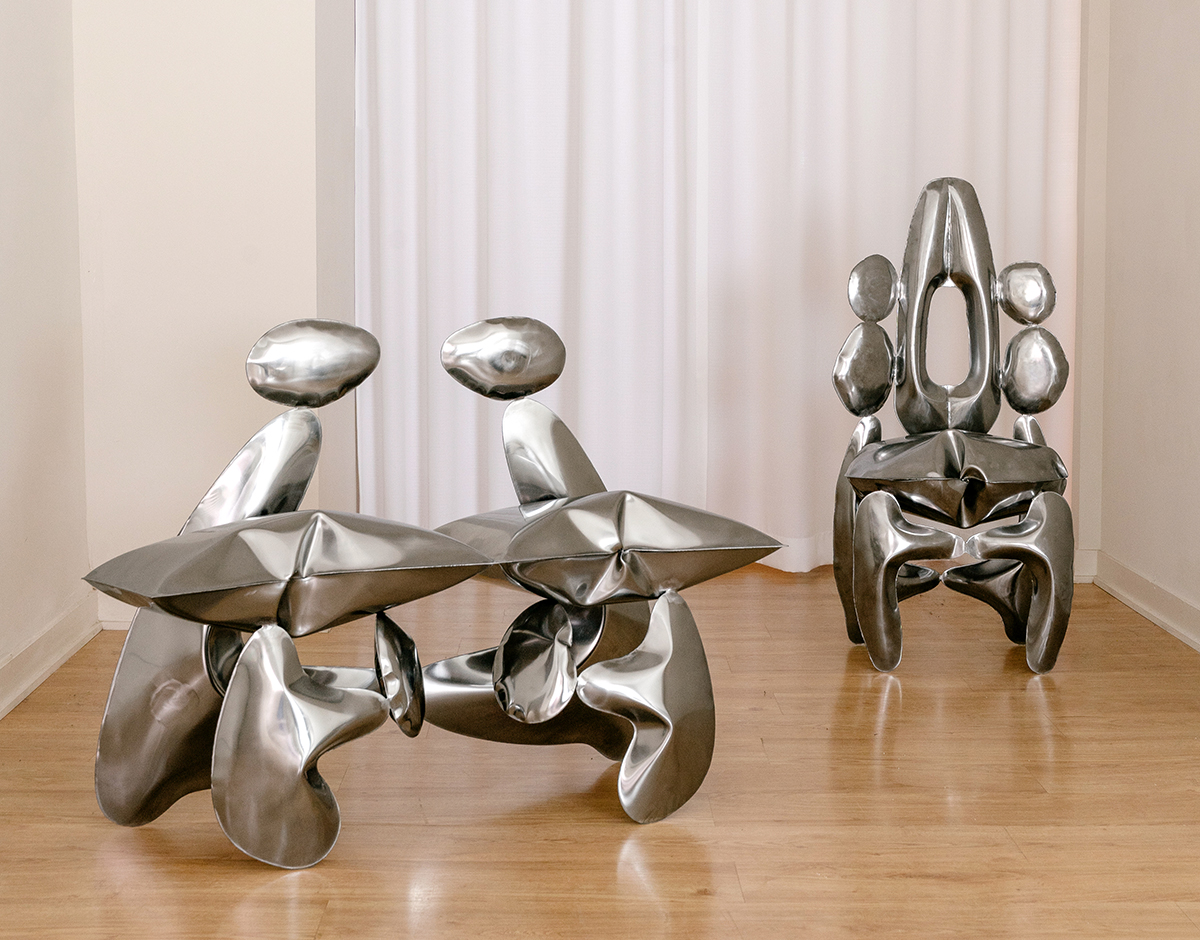
American Design Hot List 2024
Michelle Jiaxin Huang
Providence, Rhode Island, michellejxhuang.com
Having graduated from RISD with her furniture design degree just last year, Chinese-Canadian designer Michelle Jiaxin Huang — now working independently in Providence — caught our eye for her very sophisticated, very un-student-y work in steel. It runs the gamut from beautiful Brutalist tables and chairs with an almost mid-century feel to more futuristic, sculptural, and at times inscrutable works. We’re curious to see her next steps as she leans into the more theoretical side of her work, while continuing to innovate in metal.
What is American design to you, and what excites you about it?
I may not be able to definitively articulate what American design is or isn’t, but among its many dimensions, one thread that resonates with me is its ability to transform both narratives and space. It’s this interweaving of mediums, cultures, and philosophies coming together to generate dialogues that transcend the boundaries of design. While American design has never fully turned away from the Modernist emphasis of form, I have noticed an increasing shift towards reimagining the relationship between form and prescribed function — where form is no longer confined to a utilitarian role, but rather embraced as a vessel for narrative and engagement. I think this dynamic is quite fascinating, and reflects a broader cultural attitude of expression and individualism that defines American identity.
What are your plans and highlights for the upcoming year?
I’m currently taking a short break from making and to focus on exploring texts and images. The past year has been pivotal to my design practice, and I’m taking some time to synthesize and research before I start making again. Towards the second half of this year, I found myself moving away from a traditional object-based practice, toward investigating a more theoretical framework around the ontology of design. In this time I hope to find a better understanding of what it means to create, inhabit, and experience the modern landscape. I’m super excited about this journey and can’t wait to see how it will transform my practice.
What inspires or informs your work in general?
Informed by the disappearance of relatable elements in the modern built environment, my practice examines the ways in which world-building and speculative narratives can counteract the alienation of space. Mimicking a process akin to set building, the synthesis of my research takes form in the reconstruction of quotidian objects — chairs, tables, and other instruments of the everyday — serving as approachable conduits for interrogating the forces that define human-spatial experience. A lot of my research is grounded in philosophical inquiries about time, space, and memory, as well as image-based research into both the physical and metaphysical dimensions of metaphor. I am currently reading a few books on architecture theory, and Buckminster Fuller’s And It Came to Pass — Not to Stay.
